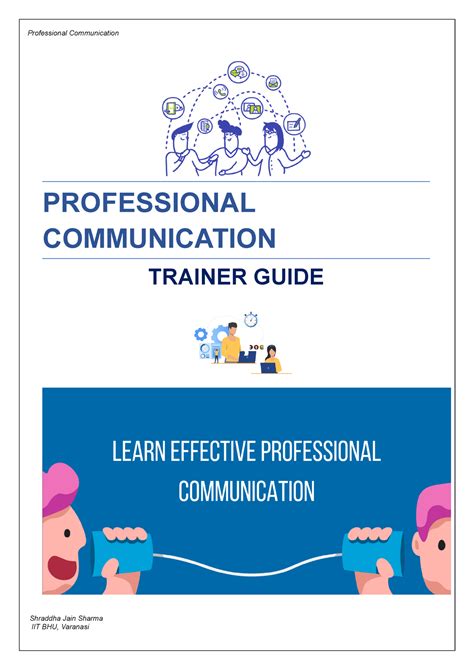In the realm of professional interactions, effective communication is paramount to fostering strong relationships, advancing collaborations, and achieving desired outcomes. Sending emails that convey your best self is an essential aspect of maintaining a positive and productive professional image. By crafting emails that are clear, concise, and respectful, you can make a lasting impression and enhance your professional standing.

Understanding the Importance of Professional Communication
According to a study by McKinsey & Company, effective communication can increase employee productivity by up to 25%. Email, as a ubiquitous form of communication in the workplace, plays a significant role in facilitating collaboration, sharing information, and building rapport.
Sending professional emails not only reflects upon your personal brand but also represents your organization. Well-written emails convey professionalism, attention to detail, and a commitment to excellence. They also minimize misunderstandings, reduce the need for follow-up communication, and foster a positive work environment.
Crafting Emails That Send Your Best
To ensure that your emails convey your best, consider the following guidelines:
- Subject Line: Keep the subject line concise and descriptive, accurately reflecting the purpose of the email.
- Salutation: Always use a formal salutation, such as “Dear [Recipient’s Name].”
- Body Paragraphs: Structure your email with clear and concise paragraphs, each addressing a specific aspect of the message.
- Tone: Maintain a professional and respectful tone throughout the email, even in challenging situations.
- Proofreading: Before sending an email, proofread carefully for any errors in grammar, spelling, or formatting.
Tips and Tricks for Sending Your Best
- Use a Template: Save time and ensure consistency by using email templates for common types of messages.
- Personalize Your Emails: Add a personal touch by using the recipient’s name and referencing specific details or previous conversations.
- Be Specific: Avoid vague or generic language. Provide concrete examples and details to make your messages clear and actionable.
- Keep It Concise: Aim for emails that are easy to read and digest. Use short sentences and paragraphs to maintain clarity.
- Use Visuals: When appropriate, include relevant charts, graphs, or images to enhance the impact of your message.
Table 1: Pain Points in Professional Communication
| Pain Point | Description |
|---|---|
| Misunderstandings | Misinterpretation of intended meaning due to poor communication. |
| Lost Messages | Important emails going unnoticed or lost in cluttered inboxes. |
| Lack of Clarity | Emails that are vague, ambiguous, or difficult to understand. |
| Formatting Issues | Emails that are poorly formatted, making them difficult to read. |
| Unprofessional Tone | Use of unprofessional language, tone, or font choice. |
Table 2: Motivations for Effective Communication
| Motivation | Benefit |
|---|---|
| Building Relationships | Fostering strong and positive professional connections. |
| Advancing Collaborations | Facilitating effective teamwork and project execution. |
| Achieving Outcomes | Communicating clear expectations and instructions to achieve desired results. |
| Enhancing Reputation | Establishing a positive and professional image as a skilled communicator. |
| Minimizing Misunderstandings | Reducing errors and conflicts caused by poor communication. |
Table 3: Benefits of Sending Your Best
| Benefit | Description |
|---|---|
| Increased Productivity | Clear communication eliminates the need for follow-up clarification, saving time. |
| Improved Collaboration | Effective communication facilitates seamless information sharing and idea generation. |
| Enhanced Reputation | Well-written emails reflect professionalism and expertise, enhancing your reputation. |
| Reduced Stress | Sending well-thought-out emails reduces anxiety and stress associated with miscommunication. |
| Career Advancement | Exceptional communication skills can lead to career growth and leadership opportunities. |
Table 4: Metrics for Measuring Communication Effectiveness
| Metric | Description |
|---|---|
| Email Open Rate | Percentage of emails opened by recipients. |
| Click-Through Rate | Number of recipients who take a desired action, such as clicking a link. |
| Response Time | Average time taken by recipients to respond to emails. |
| Customer Satisfaction | Feedback from customers or stakeholders on the effectiveness of communication. |
| Employee Engagement | Employee surveys to assess communication satisfaction and its impact on productivity. |
Conclusion
Sending emails that convey your best is not merely a matter of etiquette; it is an essential aspect of professional success. By following the guidelines and leveraging the tips provided in this guide, you can craft emails that reflect your professionalism, build strong relationships, and drive positive outcomes. Remember, sending your best not only benefits you but also elevates the overall quality of communication within your organization.
